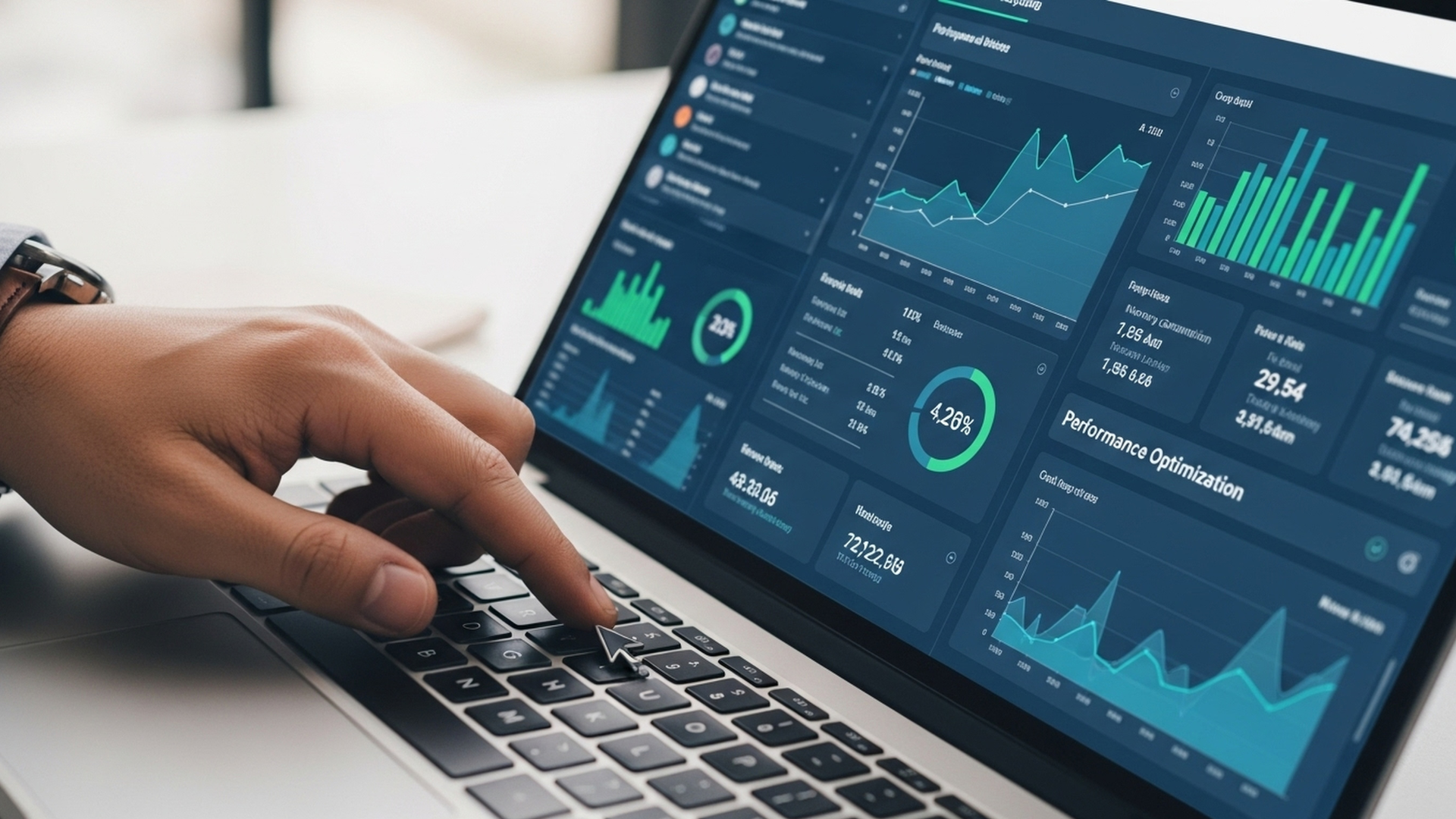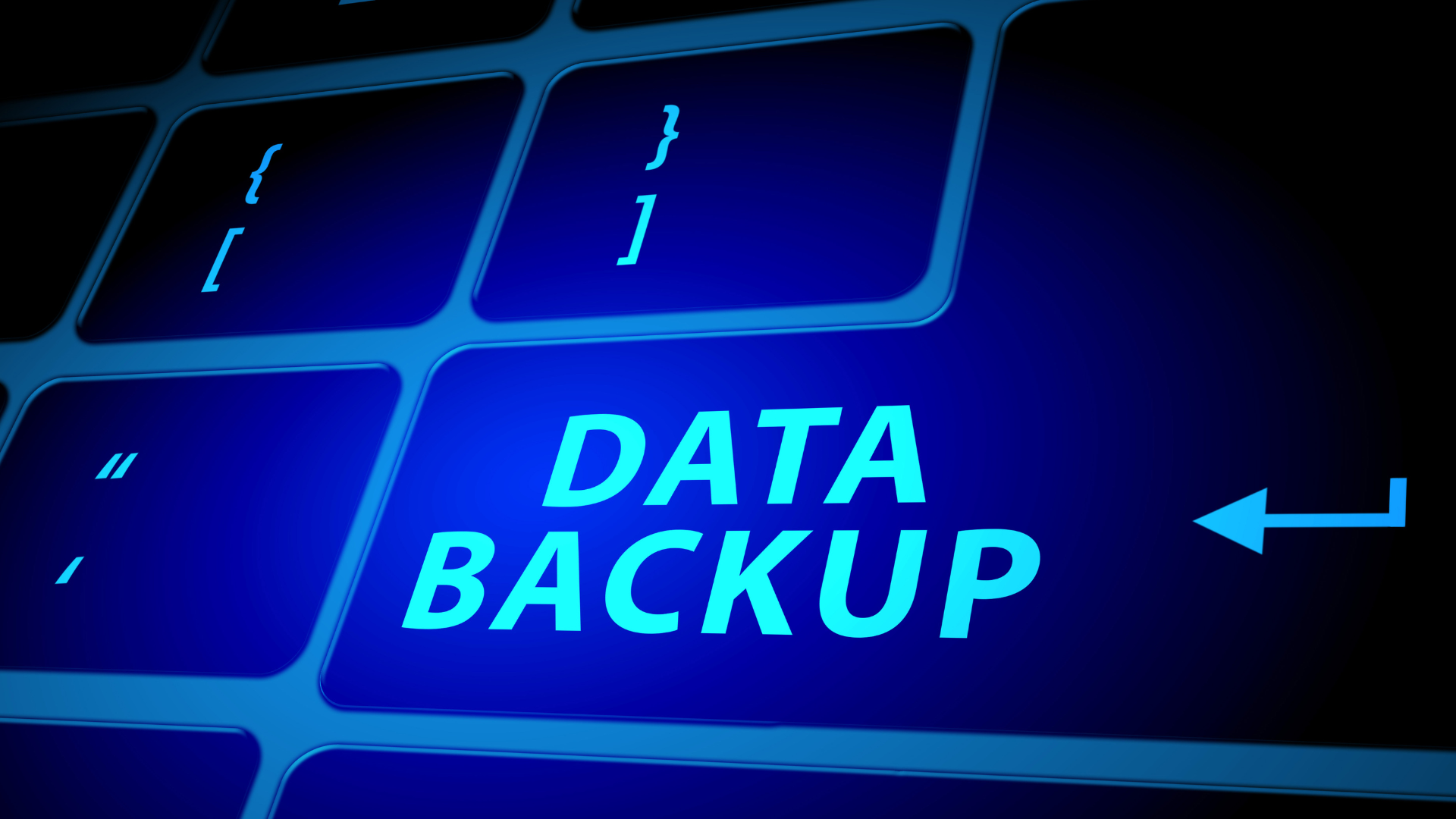Compliance: More Than Just a Box to Tick
In today’s digital world, compliance isn’t optional; it’s essential. With regulations like
GDPR,
NIS2, and industry-specific standards tightening every year, even small and medium-sized businesses must prove they’re handling data securely and transparently.
Failing to comply can lead to:
⚠️ Hefty fines and investigations
⚠️ Loss of customer trust
⚠️ Long-term reputational damage
But here’s the good news: compliance done right isn’t just a legal safeguard, it’s a competitive advantage.
From Obligation to Opportunity
Good security is good business.
Strong cybersecurity and regulatory compliance share the same foundation: protecting data.
When you align both, you unlock:
✅ Lower risk of breaches and downtime
✅ Easier audits and reporting
✅ Greater trust from customers and partners
Modern businesses don’t treat compliance as a burden; they use it to build credibility and resilience.
What Compliance Looks Like in Practice
The core of modern compliance is proactive protection.
It’s not just about having policies; it’s about proving your data is safe, recoverable, and well-managed.
Key elements include:
🔐
Data encryption:
securing data in transit and at rest
👤
Access controls:
limiting data access to authorised users
📋
Audit trails:
tracking who did what, and when
🧩
Vulnerability management:
identifying and fixing weak spots
⚡
Incident response plans:
knowing how to react when things go wrong
These aren’t just checkboxes; they’re the framework for digital trust.
Proof That You Can Bounce Back
Backup and recovery are compliance essentials.
One of the most overlooked requirements in regulations like GDPR is data availability — the ability to restore data quickly and completely after an incident.
With Acronis Cyber Protect, Indiko Data ensures your backups are:
- Encrypted
- Verified
- Isolated from live systems
That means you’re not just protecting data, you’re proving it’s recoverable.
Compliance Built Into Your Cyber Protection
Compliance doesn’t have to slow you down.
When it’s built into your protection strategy, it becomes seamless.
Acronis Cyber Protect helps businesses align with key standards like GDPR, HIPAA, and ISO 27001 through:
✅ Centralised data protection and audit logging
✅ Automated patching and vulnerability scanning
✅ Integrated backup, recovery, and anti-malware
✅ Role-based access control and reporting tools
Your Customers Expect Proof, Not Promises
Trust is built on transparency.
In today’s digital economy, customers want to know their data is safe. Being open about your cybersecurity and compliance practices builds confidence and credibility.
When you can demonstrate:
- Strong data governance
- Verified recovery
- Clear, enforced policies
…you don’t just meet requirements — you earn trust.
Stay Compliant. Stay Protected. Stay Trusted.
Cybersecurity and compliance go hand in hand — and both are vital to your business reputation.
At Indiko Data, we help UK businesses simplify compliance and strengthen protection with Acronis Cyber Protect.
📩 Ready to make compliance effortless? Contact Indiko Data today and take the first step toward real resilience.











